本文由 HHD_FUN 授权mooool发表,欢迎转发,禁止以mooool编辑版本转载。
Thanks HHD_FUN for authorizing the publication of the project on mooool, Text description provided by HHD_FUN.
HHD_FUN:2014世界园艺博览会于4月25日在青岛开幕。“天水”和“地池”这两个服务中心,是以白果山上原有的两个自然湖泊而命名的。作为世博园区的主体建筑,这两个建筑承担着交通枢纽、活动中心、餐饮、休闲景观、文化交流、展览等多重功能。
HHD_FUN:The International Horticultural Exposition 2014 opened in Qingdao on April 25th; the two service centers, “Heavenly Water (Tianshui)” and “Earthy Pond (Dichi)”, are named after the two extant lakes on Baiguo Mountain where the buildings are respectively located. As the primary architecture of the Expo area, the buildings undertook multiple functions including circulation hub, activity center, restaurant, recreational landscape, cultural communication, exhibition, etc.
考虑到建筑的独特性及其所处的地理位置,以下几项独特的关系需要我们进行特殊的设计处理:
建筑与建筑——服务中心与世博主题馆同处于中心轴线的重要位置上,因此,建筑布局设计需要巧妙地处理“隐”与“现”之间的关系,即在远处突出主题馆的同时,又不失其建筑自身的吸引力。
建筑与环境——考虑到项目所在的白果山、天水湖和地池湖有着杰出的自然景观,建筑位于湖边的显著位置,如何处理建筑与自然之间关系,实现建筑与自然的有机融合也就至关重要。
建筑与人——由于服务中心的特殊性,需要处理大量的人流交通,设计必须确保来自四面八方的游客能够快速到达服务中心区域,同时,还须为暂时无法进入服务中心的游客提供一个可观景和休憩的场所。
Considering the distinctive nature of the architecture and its geographical location, the following unique relationships require particular design treatments:
Architecture vs. Architecture – The service centers sit on the same central axial as the Expo Theme Pavilion, the building placement at such a significant location will require design treatment of the relationship between the “invisible” and the “visible”; i.e. the accentuation of the Theme Pavilion from afar, and yet have its own draw in proximity.
Architecture vs. Environment – The Baiguo Mountain and the Heavenly Water and Earthy Pond lakes where the named project is located have outstanding natural landscape. Given the prominent location of the buildings by the lakes, the design treatment of the relationship between architecture and nature is vital to the deliverance of their organic integration.
Architecture vs. Human – Due to the unique nature of the service centers, which have to handle large circulation flow, the design has to ensure visitors from all directions can reach the service center area swiftly; and at the same time, it has to provide for visitors who can’t gain access into the service centers momentarily as a venue for viewing and resting.
天水综合服务中心 Heavenly Water Service Center
针对以上这些问题,设计师提出了“地形式建筑”作为此次天水服务中心设计的解决方案:
通过合理利用自然高差,将建筑和地形整合为一个整体进行设计,按照不同的高程分类布局功能区域,在保持最佳视野朝向的同时最小化建筑体量。根据场地现有地形,该建筑共分为两层:二楼屋顶与街道齐平,尽可能地减小了建筑体量,使其不会压在北侧的主题馆上,同时为游客提供进入屋顶平台观看自然景观的通道。第一层和第二层的餐厅面向湖泊,使游客能有最好的观赏体验;超市和服务站等辅助功能空间则位于屋顶平台下方,便于人们使用。
最大限度地保留了原有的地形地貌、景观和植被。例如,天水服务中心以东的小岛保留了原有的景观的同时,还增加了杨树林等新景观元素。
采用多径系统,给游客提供最大限度的体验感和可达性。多径系统是在最大限度的保证交通可达性和便利性的同时,为游客提供多条游览路线,使游客可以往返于不同的路线之间,享受沿途的各种功能和景观。
In response to these issues, the designers proposed “landform architecture” as a design solution:
Through the reasonable use of the differences in natural gradients, the architecture and its setting are engaged as an integrated design, where the functions are placed and classed following the different grade levels, minimizing the architecture volume while maintaining the best possible view orientation. The architecture is split into two levels conferring to the natural landform: the second floor roof is flush with the street level, lessening the presence of the building volume as much as possible such that it does not press upon the Theme Pavilion on the north side, and providing visitor access to the rooftop platform for viewing of the natural landscape. The main restaurants of the first and second floors are facing the lakes, such that the visitors can have the best possible viewing experience; auxiliary functions such as supermarket and service stations are located under the rooftop platform for ease of access.
Preservation of the extant landform, landscape and vegetation to the greatest extent. For instance, the small island east of the Heavenly Water Service Center has preserved its original landscape with addition of new elements such as the poplar tree forest.
A multi-trail system has being employed in order to provide maximum visitor experience and accessibility. The multi-trail system is the provision of more than one visiting routes while ensuring maximum accessibility and conveniences, such that the visitors can take different routes back and forth, enjoying the various function and landscapes along the way.
▼服务中心一层 The Ground Floor
▼平面图 Master Plan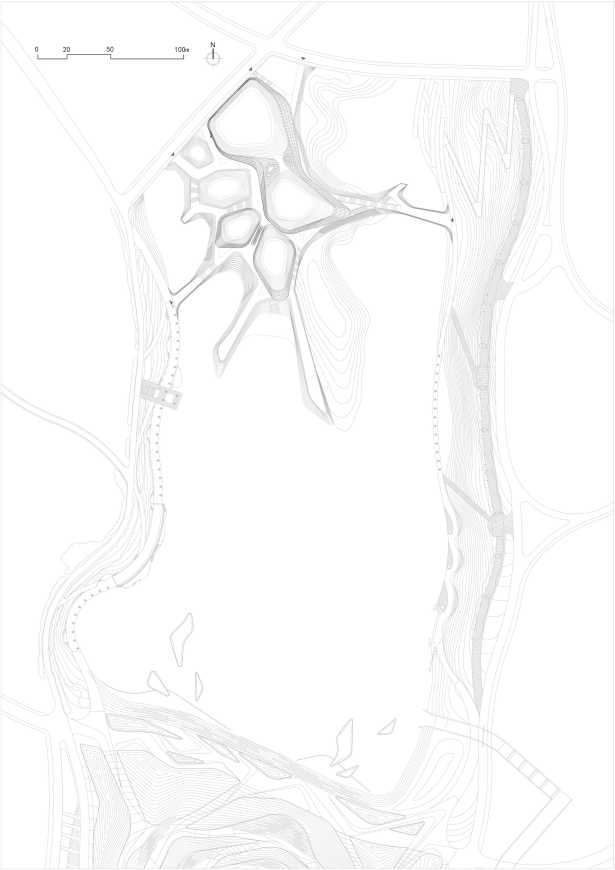 ▼几何多径系统 Geometrical system
▼几何多径系统 Geometrical system ▼其他设计图纸 Drawings
▼其他设计图纸 Drawings
地池综合服务中心 Earthly Pond Service Center
根据上述的建筑、环境和人类三个要素,地池服务中心作出了如下设计回应:
合理利用自然地形高差——地池服务中心的下沉庭院与地池湿地相接。建筑和景观根据原有地形设置高度,为游客提供多种可达路径和不同海拔高度的观赏体验。主要的建筑空间高度低于周围的街道,面向中央下沉的庭院,因此容纳游客的同时,保证了优质的水上景观视野。
最大限度地保留原有的地形地貌、景观和植被——地池服务中心内的数百棵树木全部保留了下来;并创造了屋顶平台和绿色空间,这既提高了建筑效率,又有助于将建筑融入景观。
多径系统——地池服务中心在设计中采用了三维菱形网格系统。网格根据地形和功能需求的变化进行自适应调整,在保证调整参数不变的前提下最终实现了整体建筑和景观的设计。调整过程中的适应地形及高度的纵向调整非常重要,保证这些才能最终形成了顺应地形的一系列由屋顶平台、观景台、广场空间等组成的不同高度的序列空间系统;在菱形网格系统的基础上形成的阶梯系统成为这些空间互相转换的连接元素,然后,该建筑作为一定高度参数下控制的变体,融入到整个几何系统中,形成了一个建筑与环境凝聚为一体的空间系统。
The Earthly Pond Service Center is made according design responses to the aforementioned three elements of architecture, environment and human:
Reasonable use of differences in natural gradient – The sunken courtyard of the Earthly Pond Service Center is adjoined to the lake wetland. The architecture and landscape heights are set following the natural grade levels, providing multiple accessibilities and viewing experiences at different elevations. The main architecture spaces are lower than the surrounding street levels, facing the central sunken courtyard, thereby accommodating the visitors while affording view of preeminent water landscape.
Preservation of the extant landform, landscape and vegetation to the greatest extent – All of the hundreds of trees in the Earthly Pond Service Center area were preserved in their entirety; a rooftop platform and green space were also created, which promoted building efficiency and helped integrated the architecture into the landscape.
Multi-trail system – The Earthly Pond Service Center applied a 3-dimensional diamond shaped grid system in the design. The grid carried out self-adaptive adjustment according to the variations in landform and functional needs, and achieved the eventual design of the overall architecture and landscape under the pretext of constant adjustment parameters.During the adjustment process, the adaptation of the landform and longitudinal adjustment of elevations are very important, such that created a series of sequential spatial systems at various heights consisting of the rooftop platform, observatory deck, plaza spaces, etc., which are formed following the extant landform morphology; the step system formed following the diamond shaped grid system became the transformational element interring these series of spaces. The architecture is then seen as a variant of a parametric control of a certain level, integrated into the geometric system, delivering a cohesive spatial system of architecture and its environment.
▼平面图 Master Plan
▼各层平面图 Floor Plan
▼几何多径系统 Geometrical System
▼路径演变 The Variation Process
▼细节图 Details
▼剖面图 Section
项目名称:山东省青岛市2014年世界园艺博览会天水、地池服务中心
委托方:山东青岛2014年世界园艺博览会
地点:中国青岛
竣工时间:2014年
建筑设计:HHD_FUN
景观设计:HHD_FUN
当地设计公司:BDG青岛北洋建筑设计有限公司
场地面积:23000平方米
建筑面积:6539平方米
摄影师:王振飞;多彩摄影(鸟瞰图)
Project Name: Heavenly Water & Earthly Pond Service Center of International Horticultural Exposition 2014 Qingdao, Shandong
Client: International Horticultural Exposition 2014 Qingdao, Shandong
Location: QingDao China
Completion Date: 2014
Architecture: HHD_FUN
Landscape Designer: HHD_FUN
LDI: BDG Qingdao beiyang architectural design co., LTD
Site area: 23000 m2
Floor area: 6539 m2
Photographer: Zhenfei Wang; DuoCai Photograph ( Aerial views)
更多 Read more about: HHD_FUN


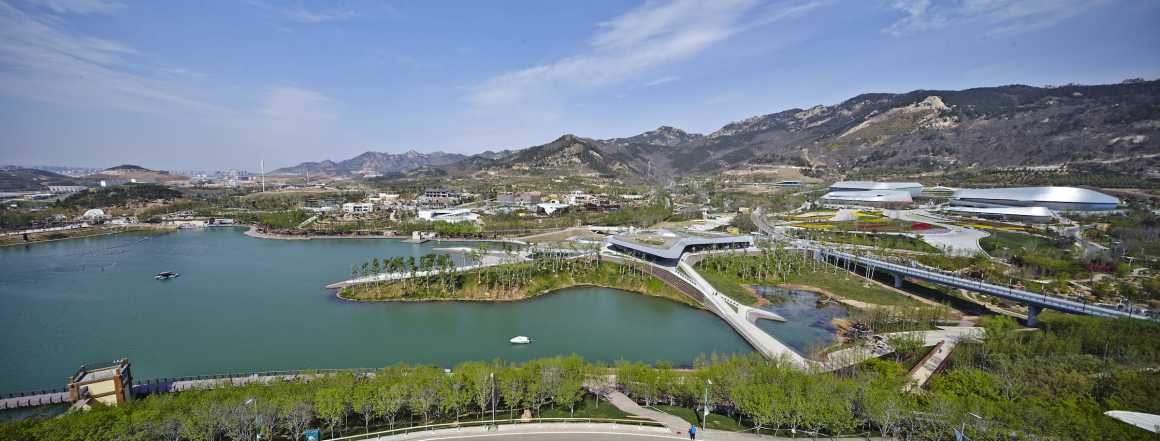

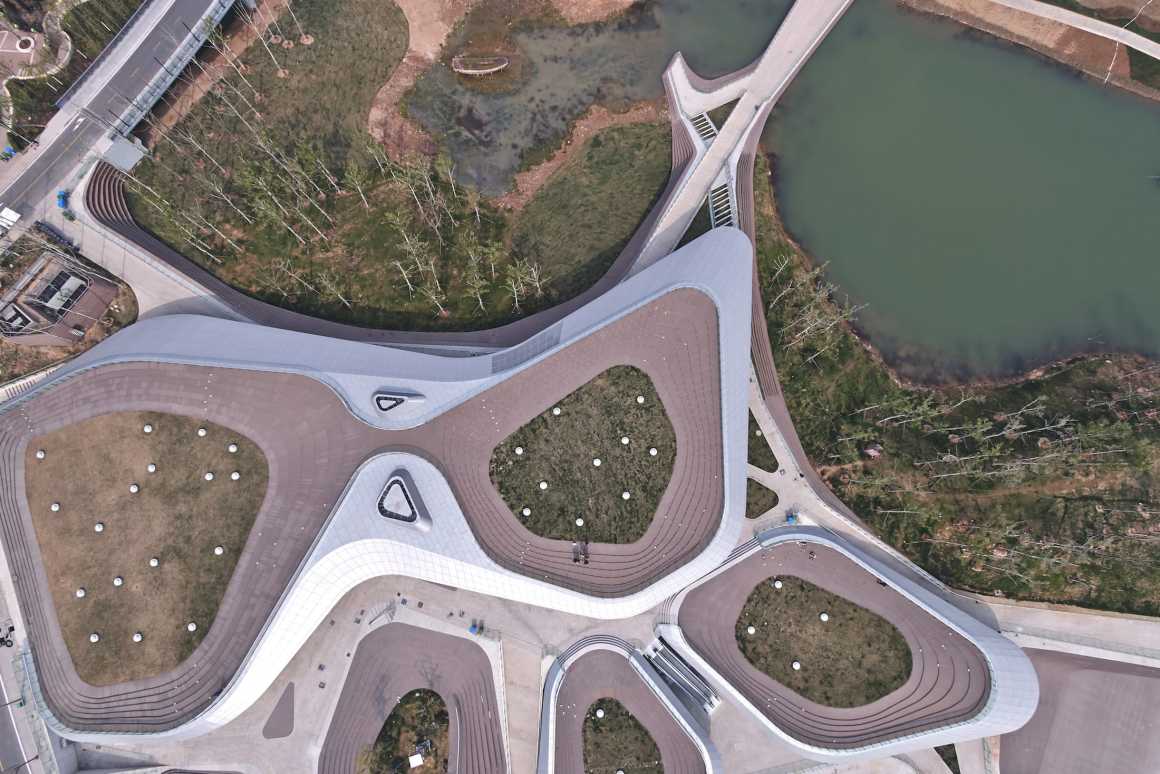
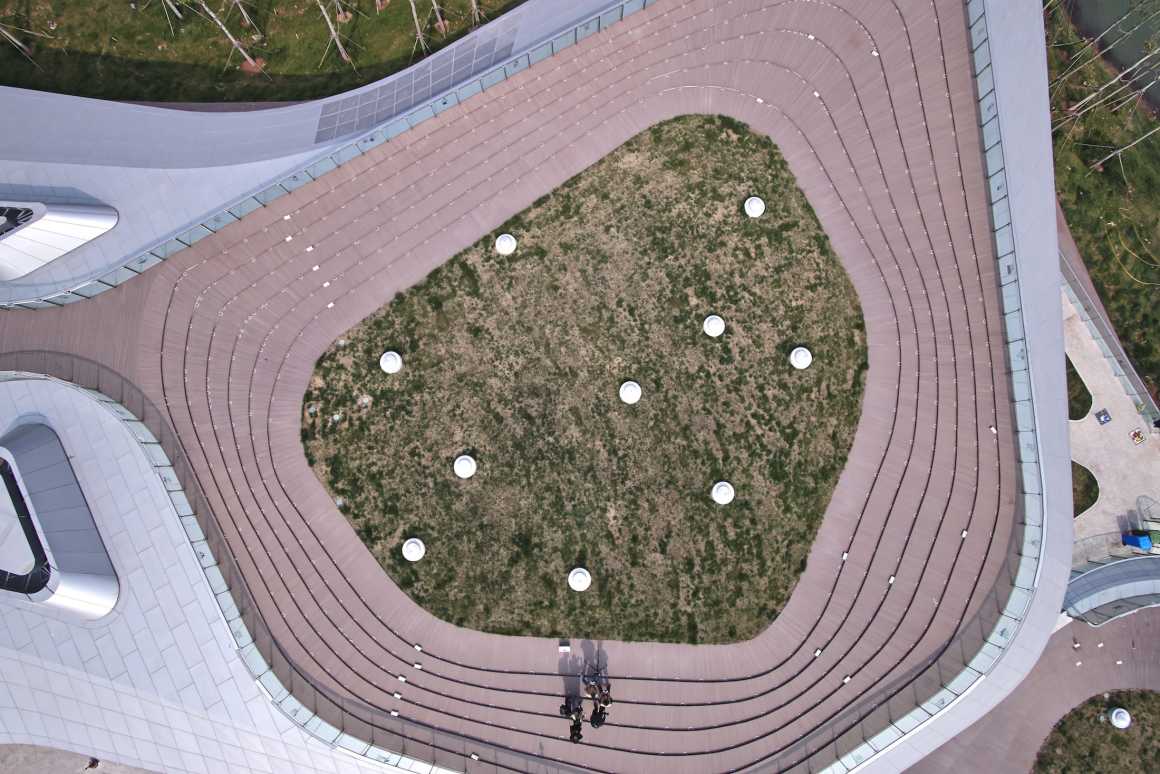


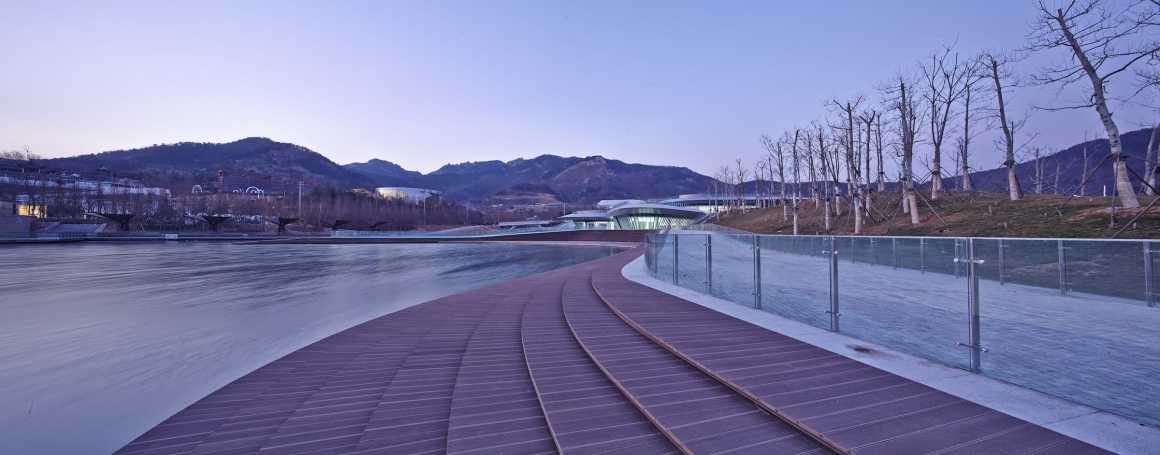
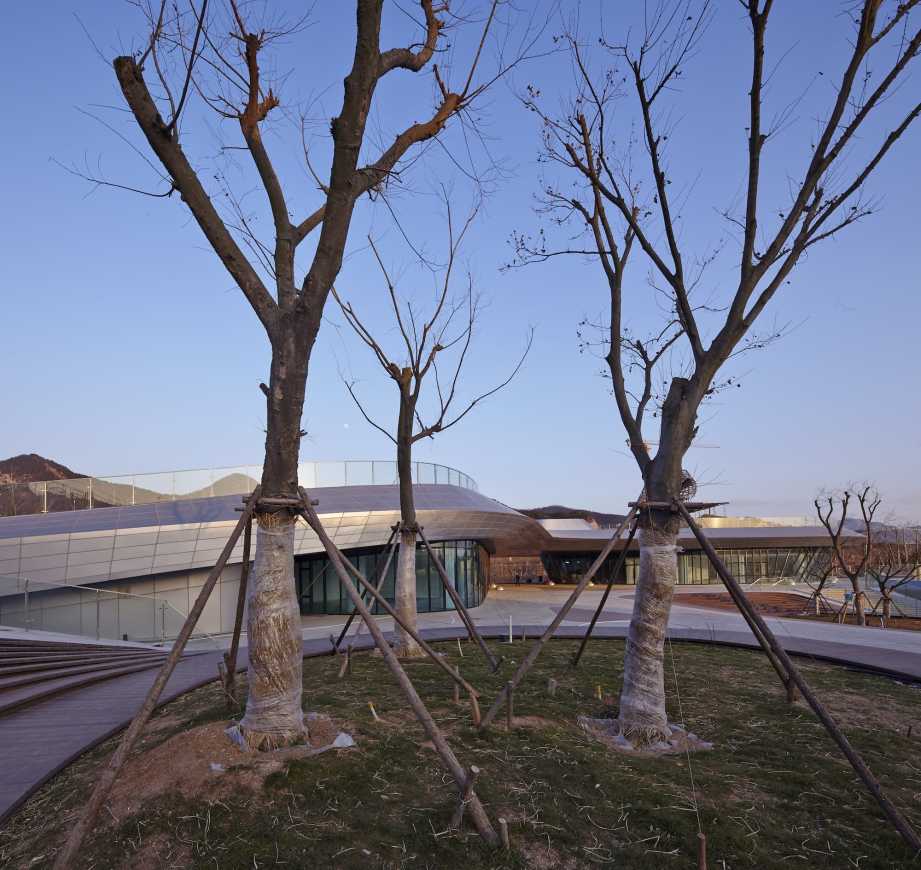

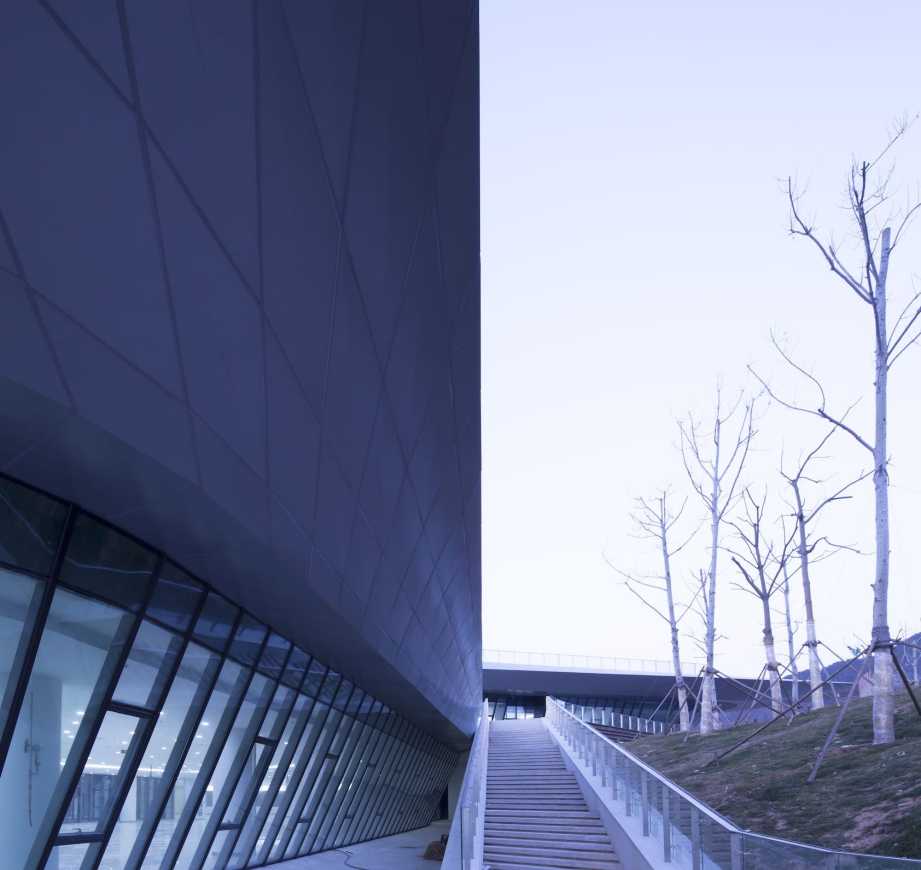
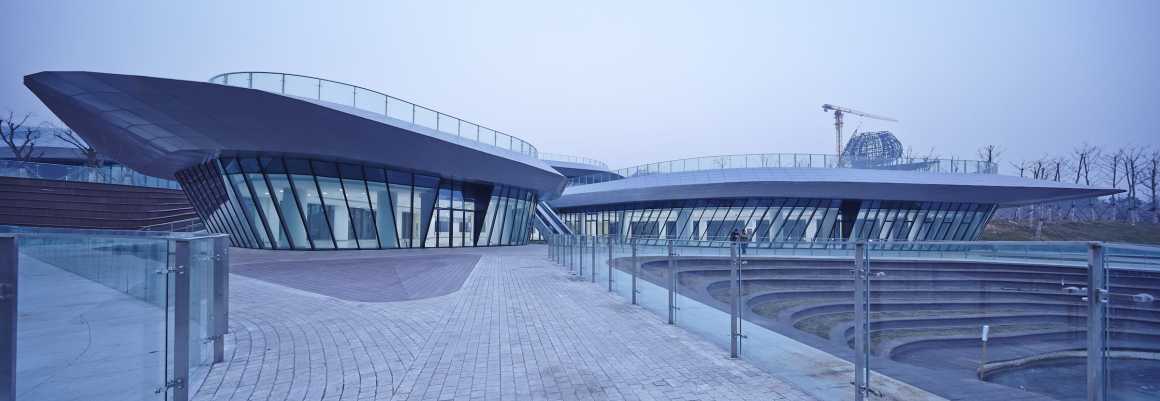


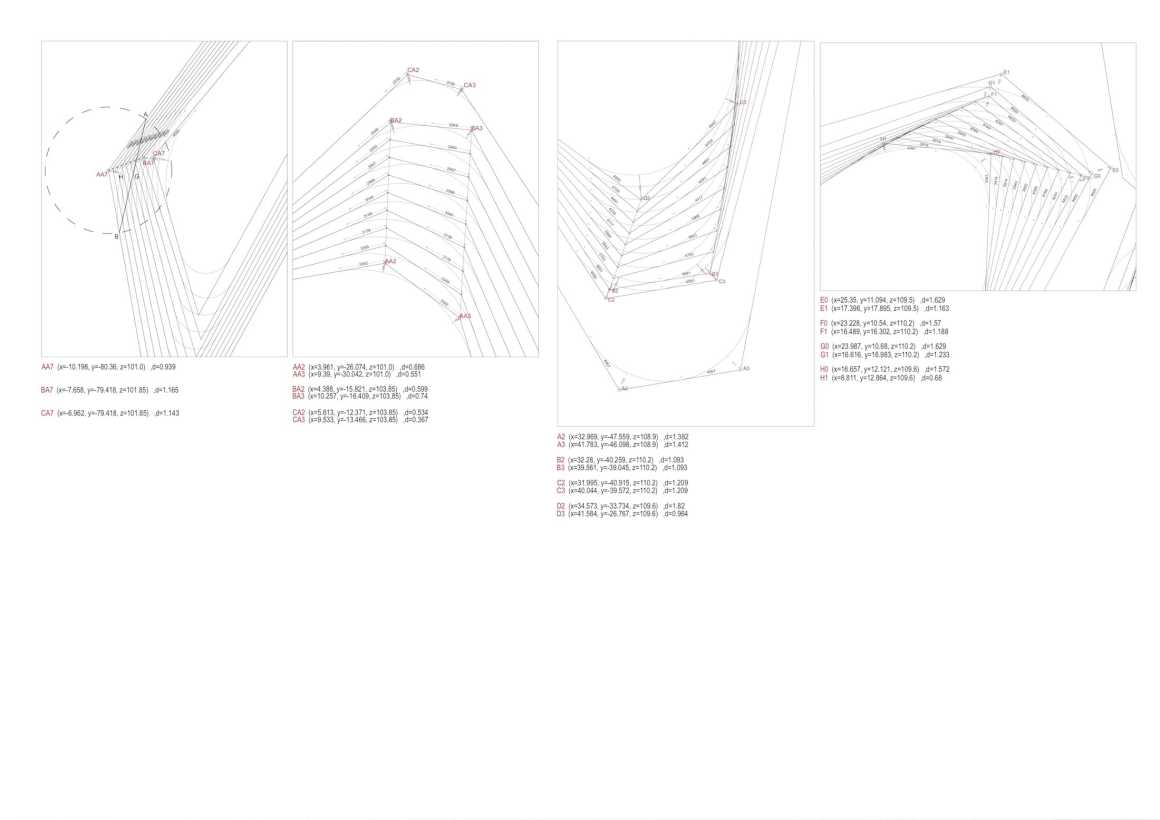
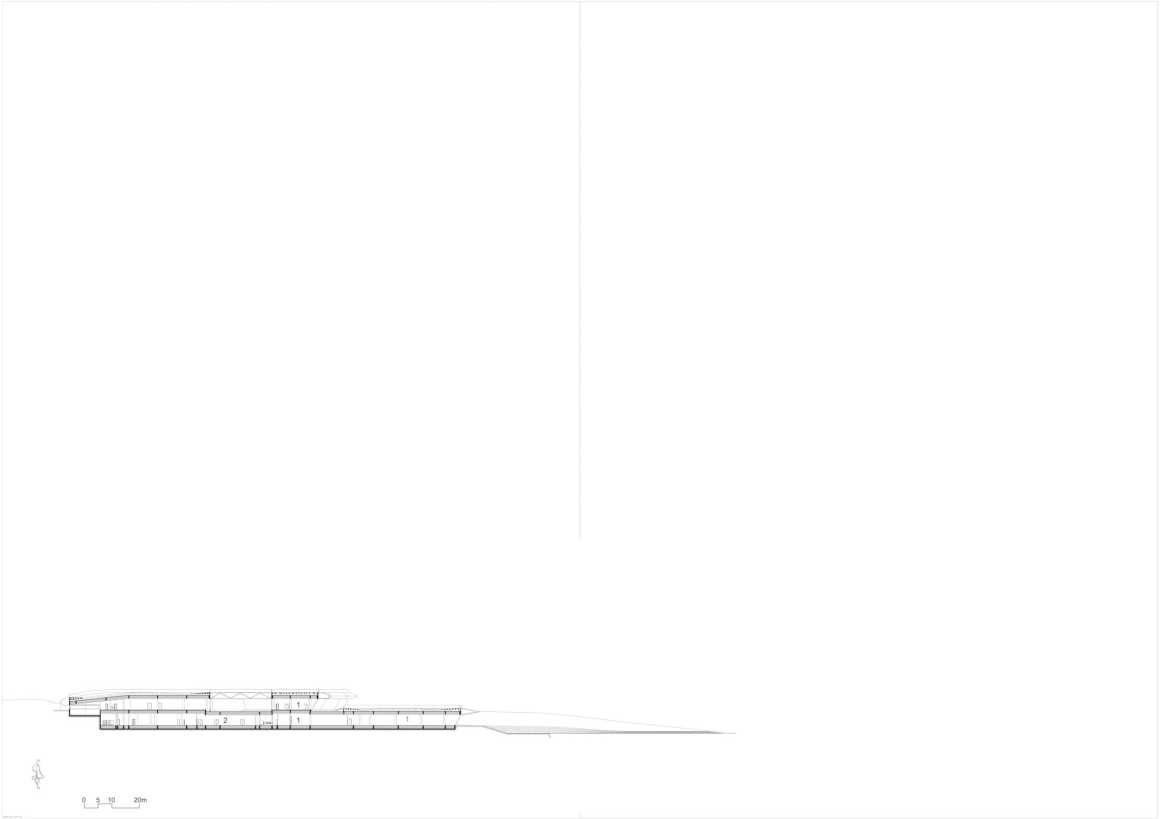
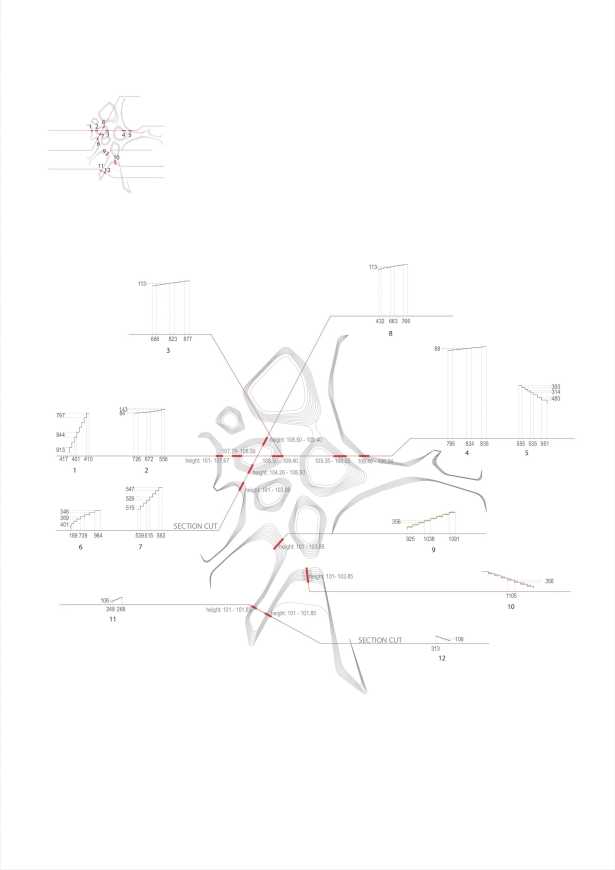
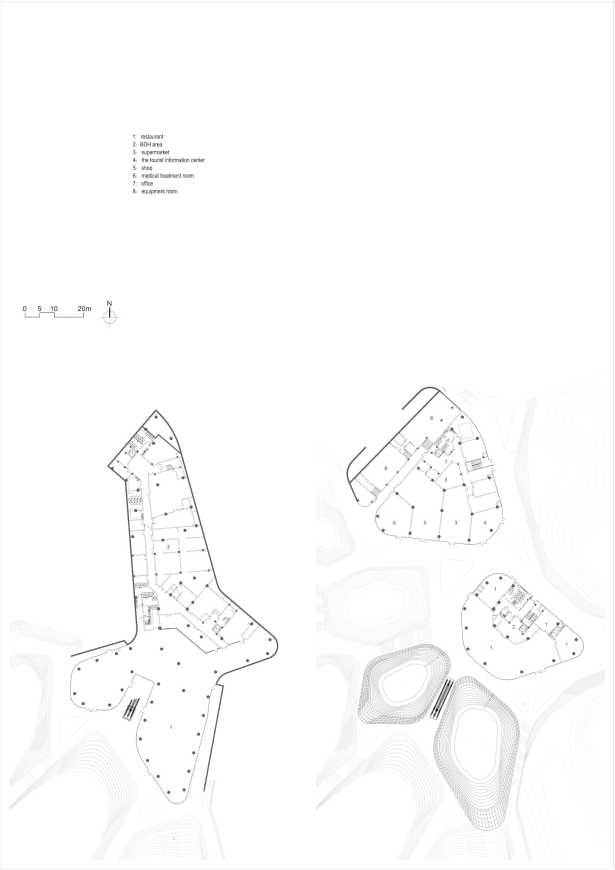
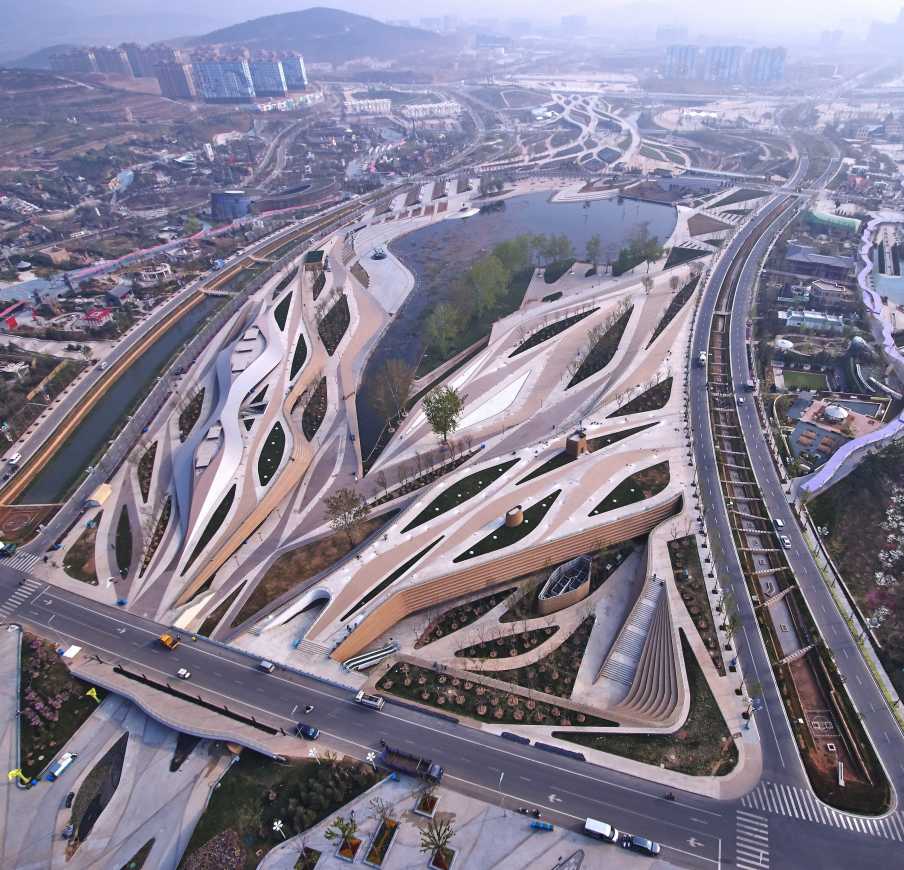
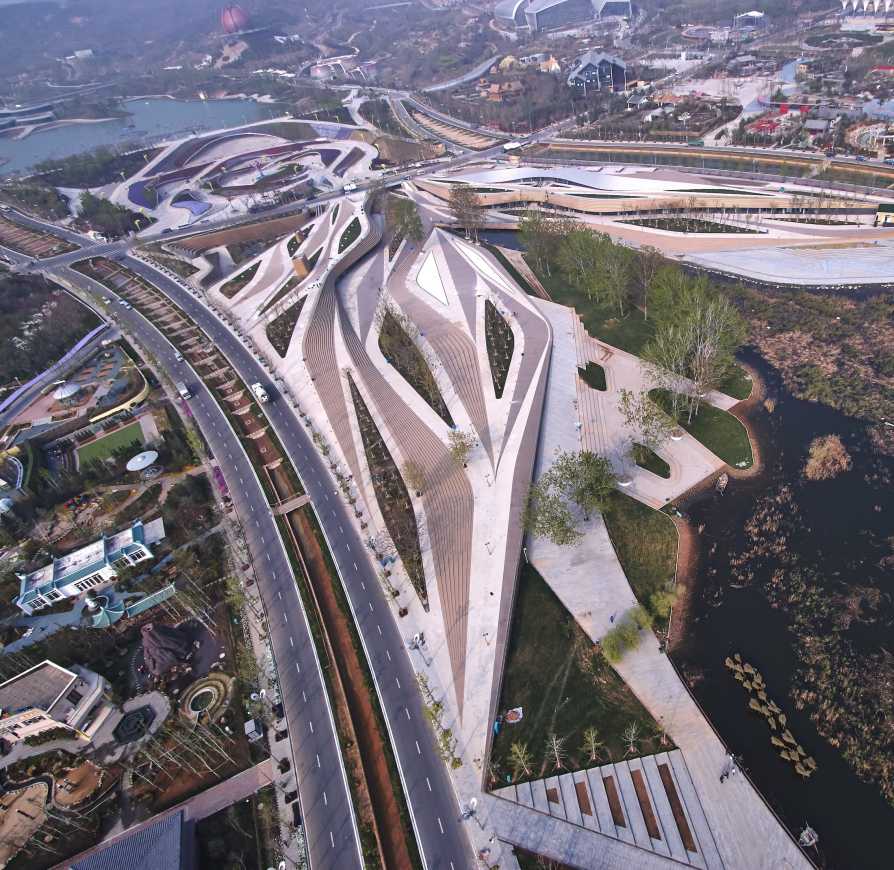
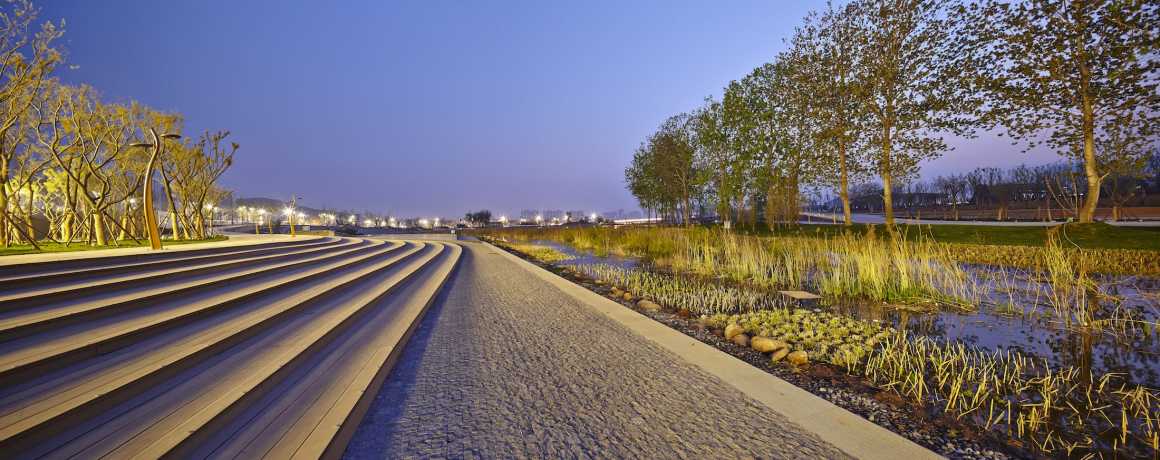
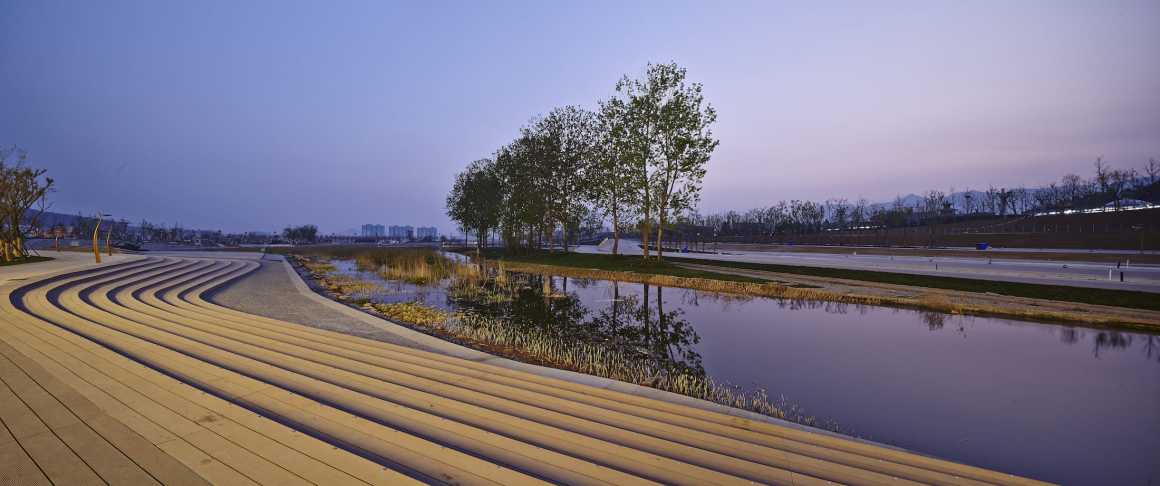
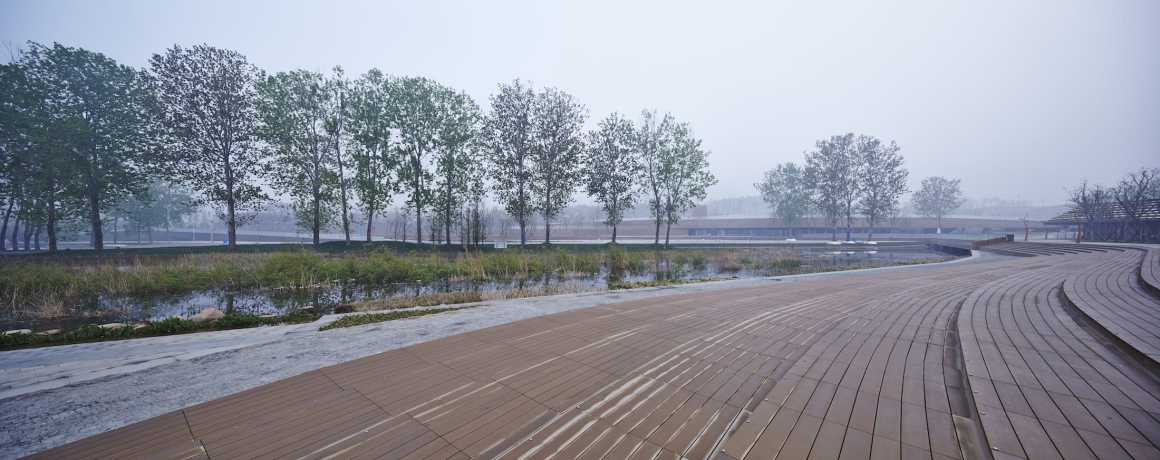
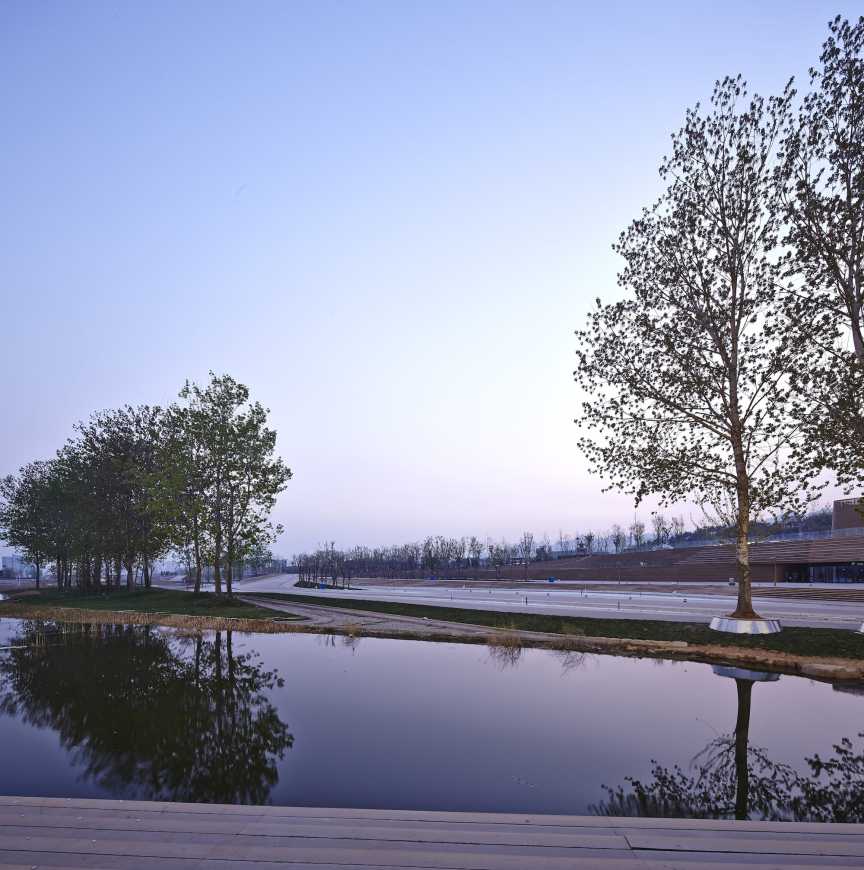
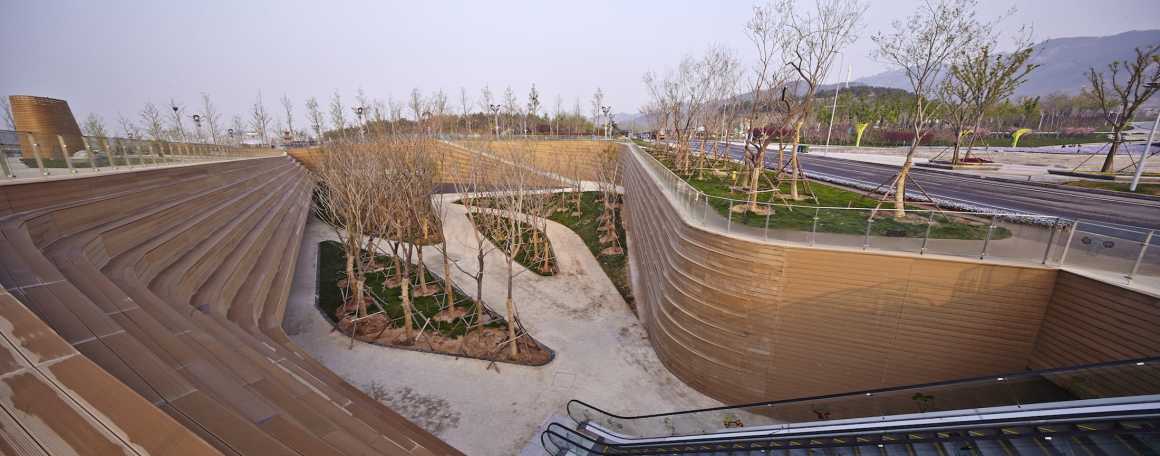

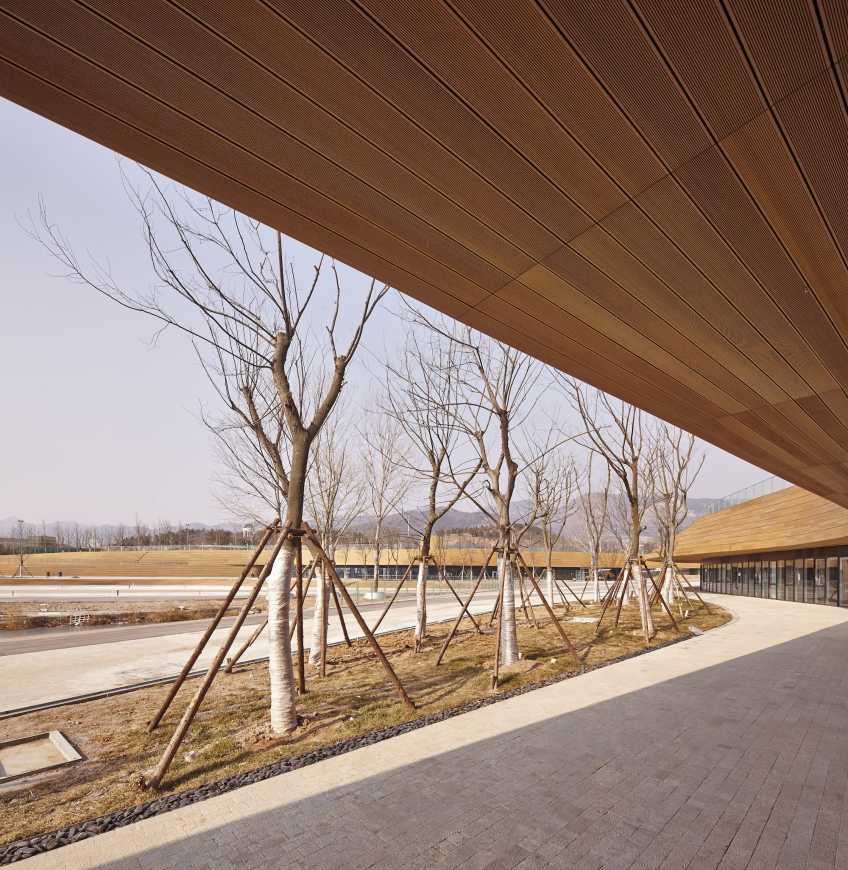


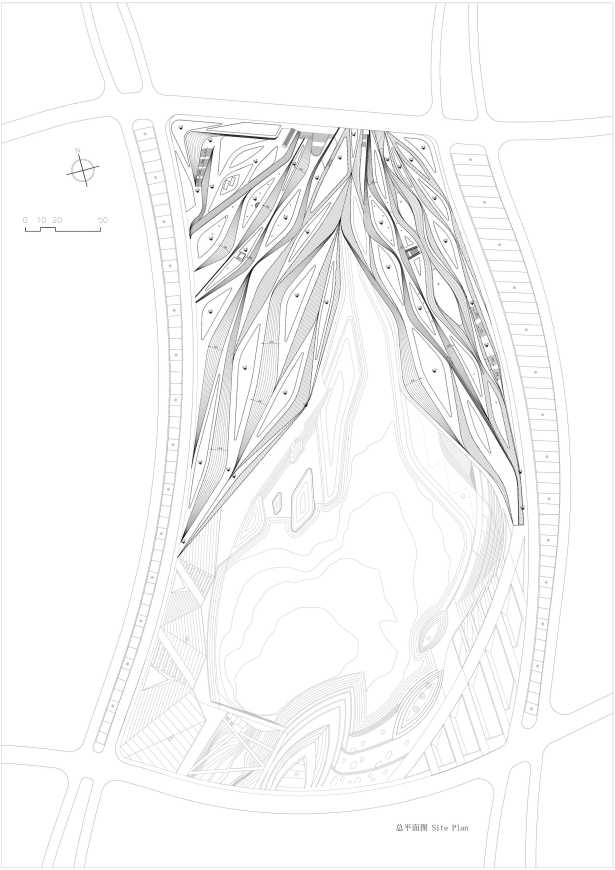
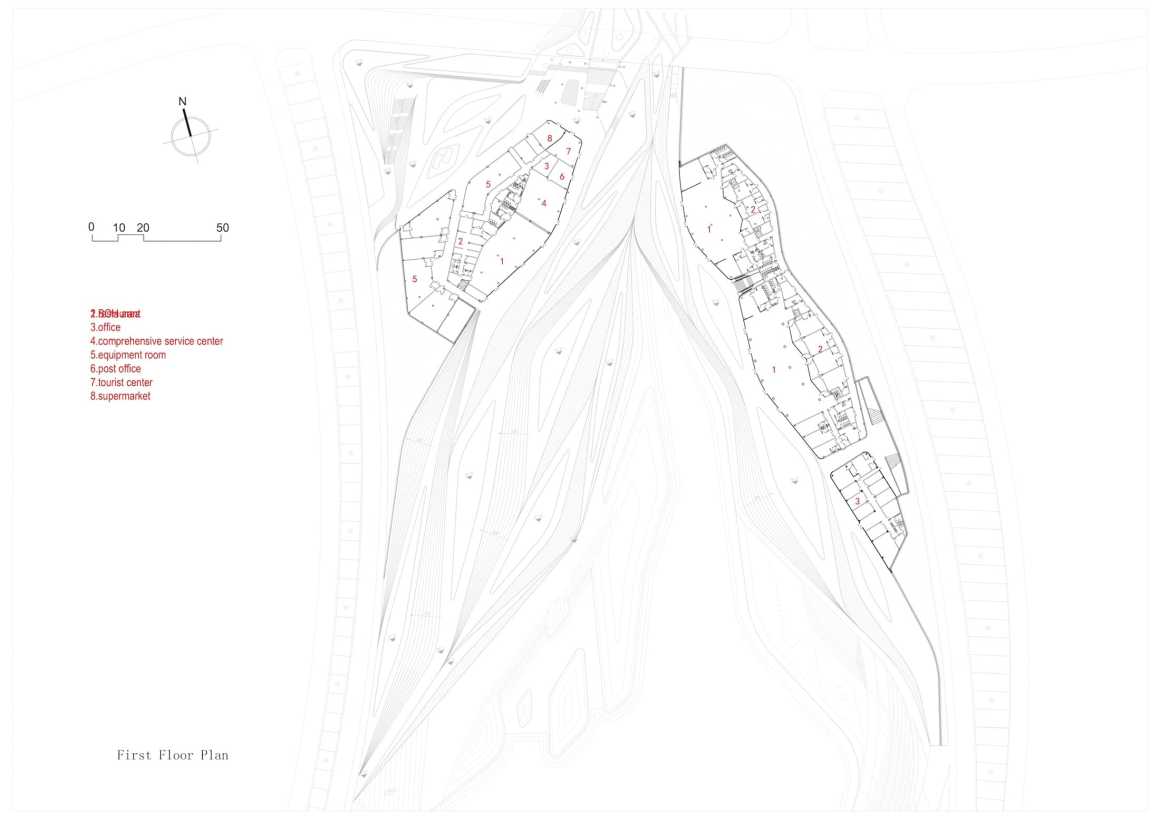
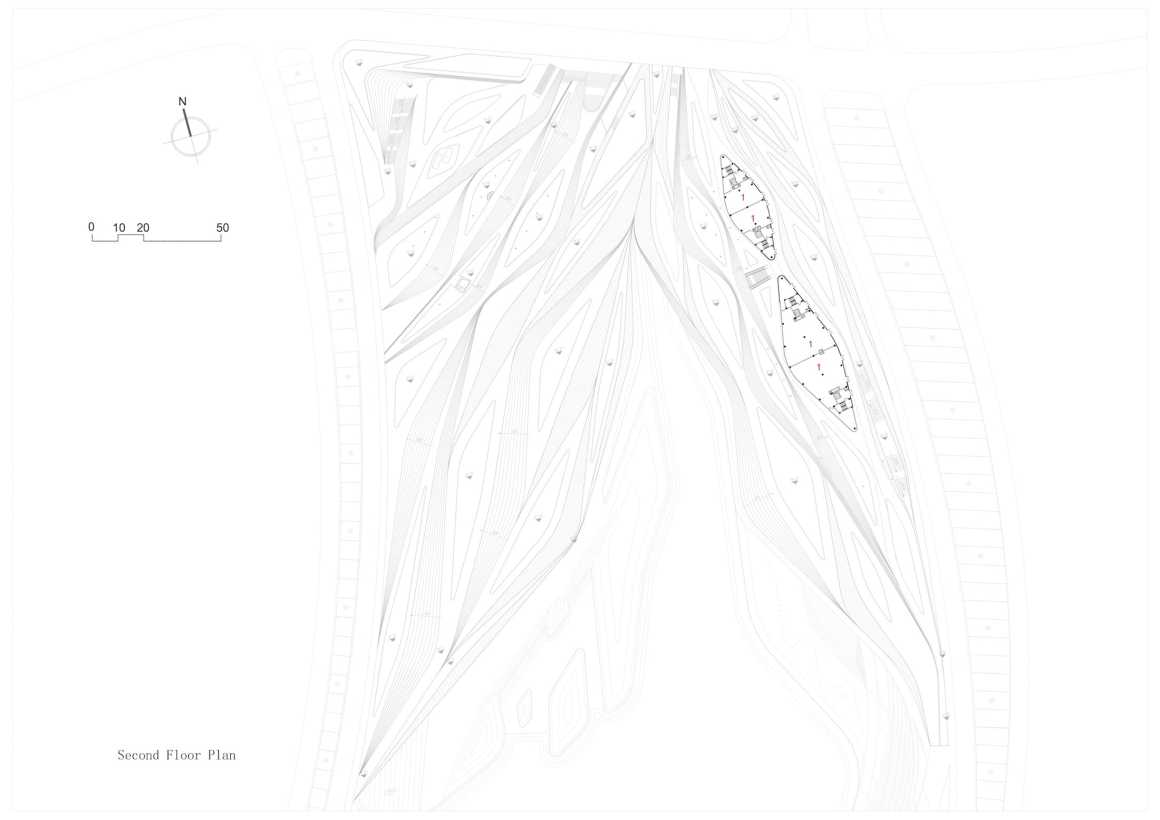
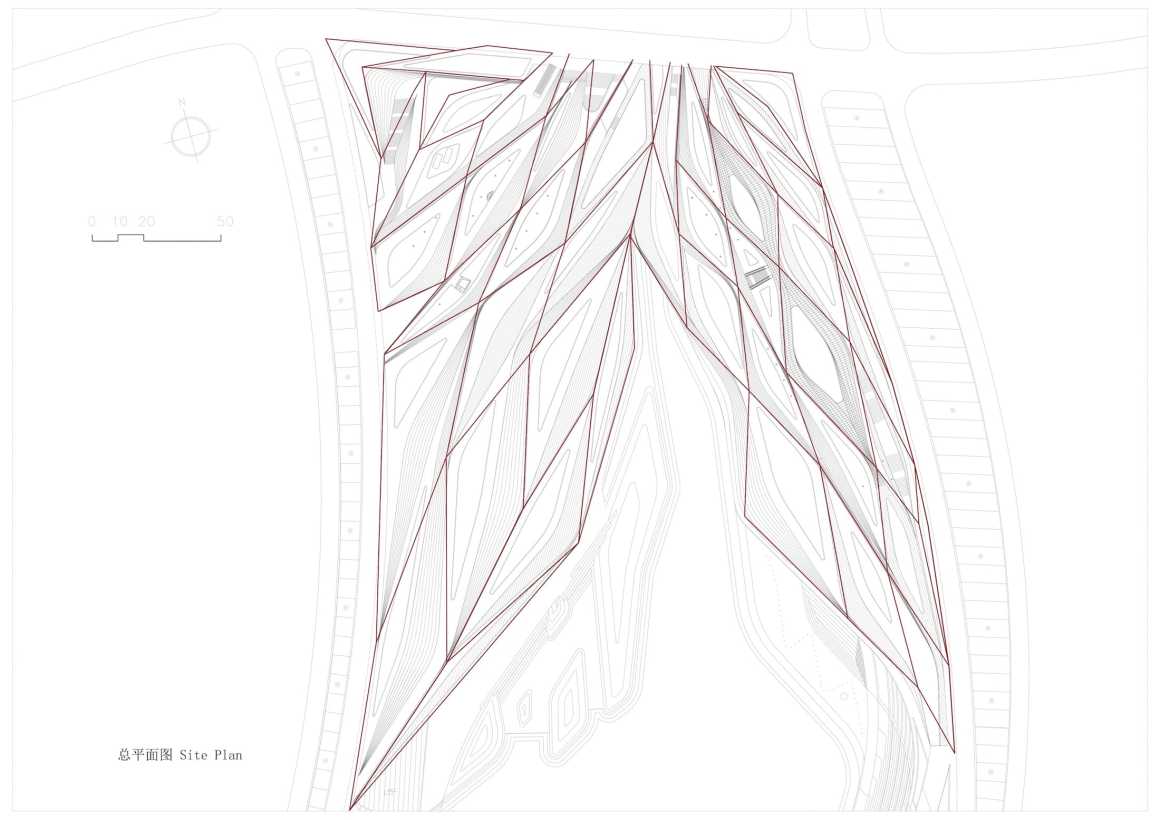

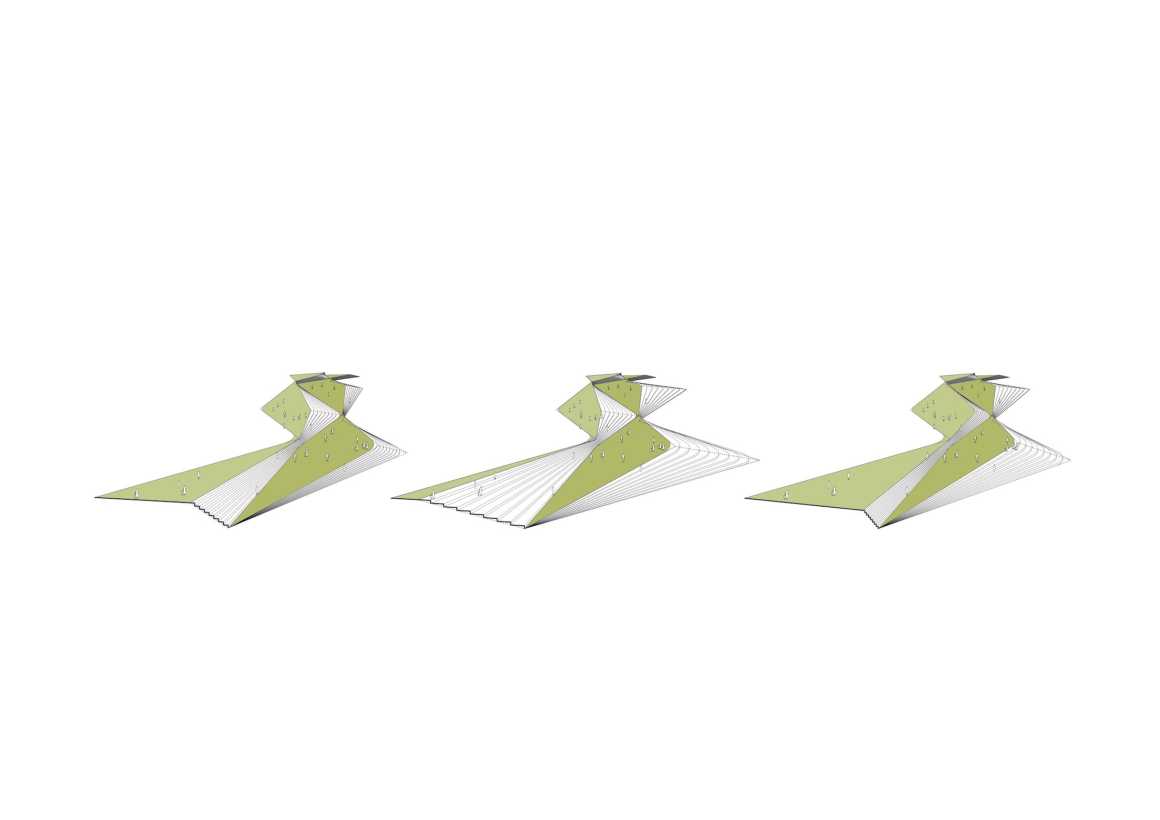
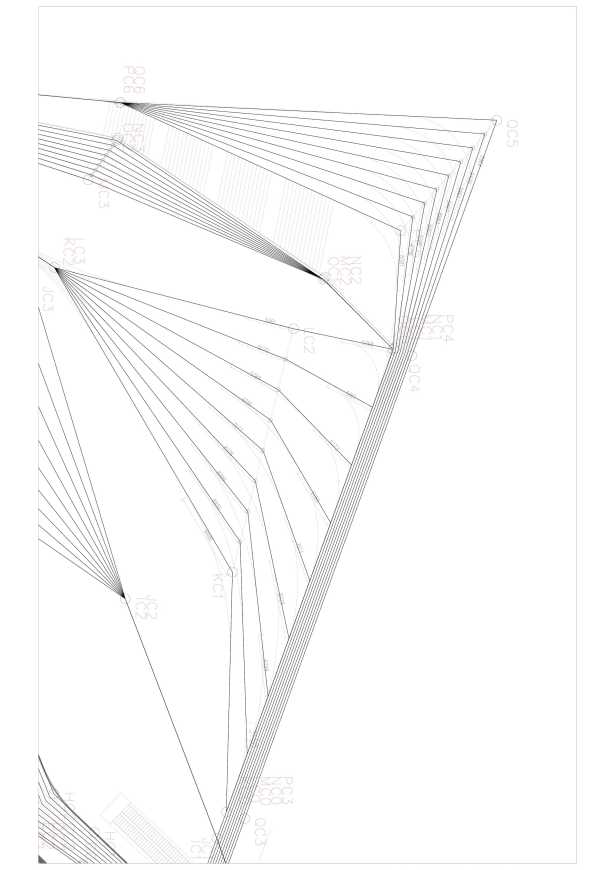

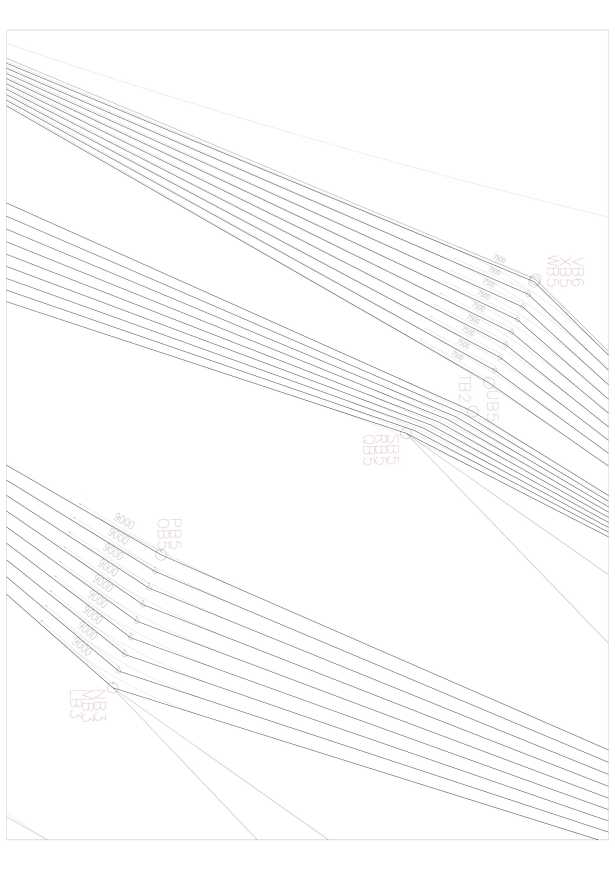
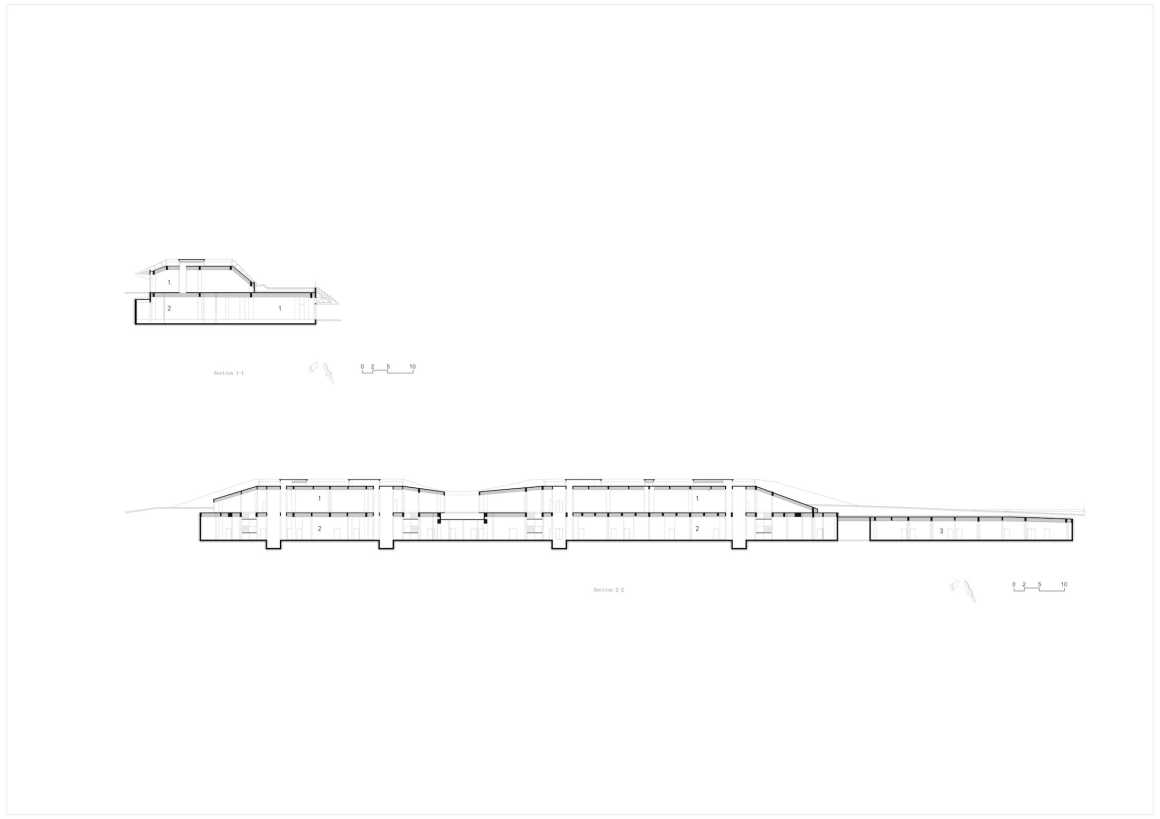


椰子700的感觉